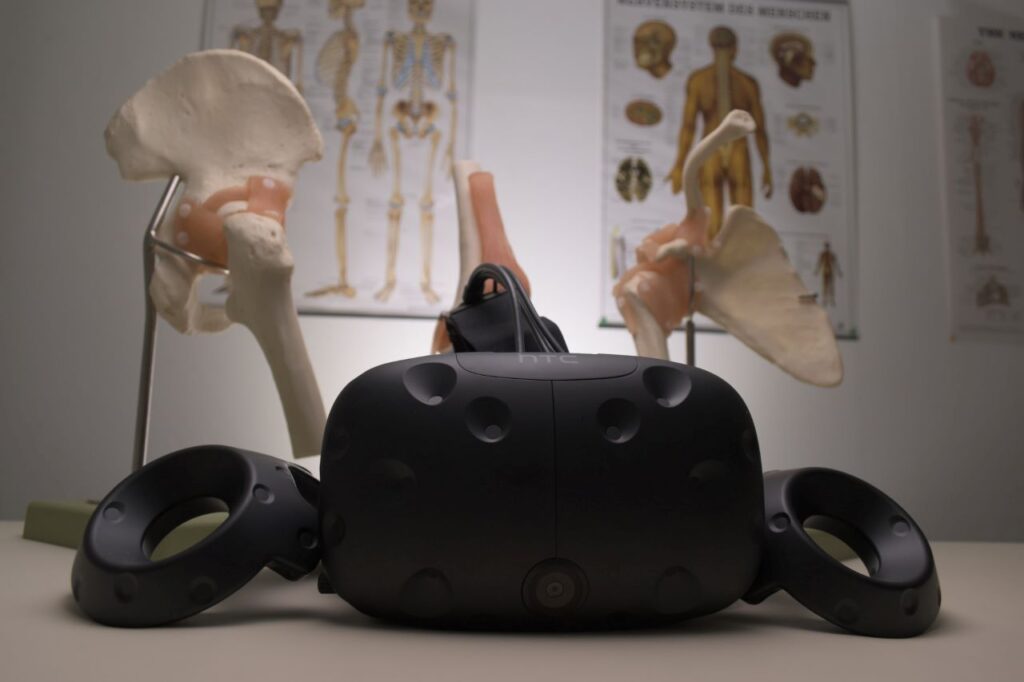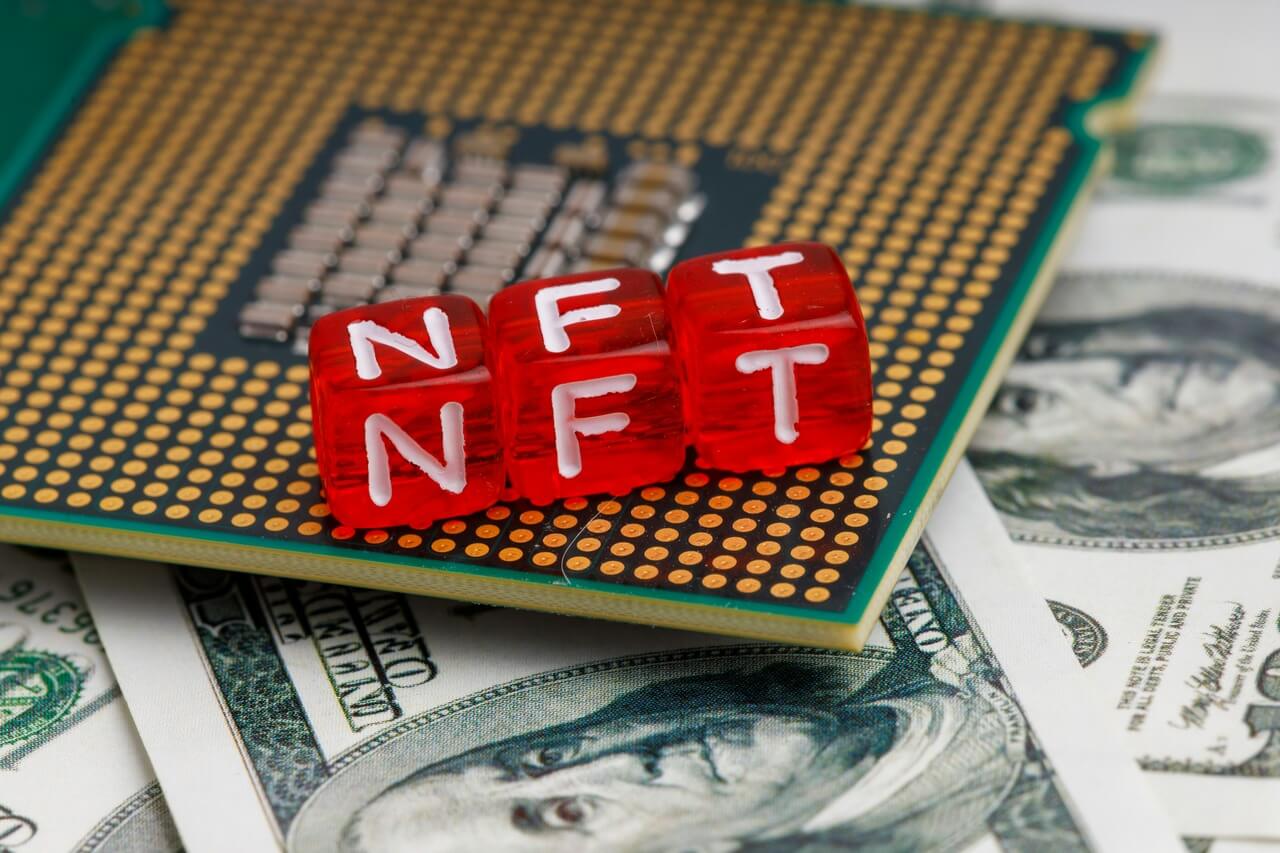Few things are as frustrating as a slow computer. Whether you have a PC or a Mac, you’ll likely need to speed it up at some point. To help, here are 10 tips for how to make your computer run faster.
1. Download the Latest Updates
If your computer’s running slowly, your first step should be to check for updates. Developers are constantly patching bugs and tweaking operating systems (OS) to improve performance, and regular updates are key to capitalizing on them. Enable automatic updates if you haven’t already.
Remember to update individual components if you’ve built your own PC. New OS versions may cause errors in third-party graphics cards, but downloading the latest drivers should fix that issue.
2. Adjust Your Performance Settings
Another simple way to make a computer run faster is to adjust its performance sliders. In Windows 10, click the battery icon in the taskbar, then move the “Power mode” slider toward “Best performance.” If you run Windows 11, open your Power and Battery settings, scroll to “Power mode,” and select “Best performance” from the dropdown menu.
Macs have a similar feature. To use it, open System Settings and click “Battery.” In this screen, look for the “On battery” section, where you’ll find a pop-up menu. Select “High Power” from this menu to boost your performance.
3. Restart Your Computer
Slow speeds can also occur when your computer’s running too much at once in the background. Restarting it is an easy way to fix that.
Close all your open programs, then either hit “Restart” or shut it down and turn it back on manually. When you do this, your computer will clear its temporary storage and perform basic maintenance tasks. Often, that’s enough to give you a boost in responsiveness.
4. Delete Old Files and Apps
Temporary files aren’t the only ones that can slow your computer. The more disk space you’ve used up, the fewer resources your device has to run anything. You can give it more to work with by deleting anything you don’t need anymore.
Comb through your storage to look for large, unneeded files and apps. Games, videos and third-party software that came with your computer are common space-takers you may not need. If you have a Windows PC, the built-in Disk Cleanup program can highlight unused things to delete.
5. Move Files to the Cloud
You don’t always have to delete files to clear space on your hard drive. Utilizing cloud storage is a great alternative to make your computer run faster without saying goodbye to things you’d rather keep.
Apple gives you five gigabytes of iCloud storage for free, and you can pay for up to two terabytes. OneDrive and Google Cloud also offer free storage tiers that integrate naturally into your computer’s OS. Once you’ve decided on a service, upload big files or those you don’t use often, then delete the copies from your on-device storage.
6. Turn Off Unused Background Programs
If you’re wondering how to make your computer run faster without moving anything, you can simply turn off a few settings. Most devices run programs in the background you may not need. Deactivating them will free some processing power.
On a PC, search for “Apps” in your settings, then click “Startup” to see which programs run when you start your computer. You can deactivate them from there. On a Mac, you can find these under “Login Items” in the “General” tab of your settings.
7. Turn Off Visual Effects
Similarly, many computers use special animations and other visual features to make your user experience look better. However, these can take up memory you’d rather use for other processes. As a result, you may want to deactivate them.
If you have a PC, look for “Performance Options” under “Advanced Settings.” From there, click “Visual Effects,” and you can turn a few or all of them off as you see fit. If you use a Mac, go to your settings, then to “Accessibility,” and click “Display” to find options for deactivating motion blur and similar effects.
8. Scan for Malware
Sometimes, slow processing is a sign of malware. There were 5.5 billion malware attacks in 2022 alone — and likely more, considering much goes unreported — so it can happen to anyone. Given that risk, it’s a good idea to scan for viruses if you notice a sudden performance drop.
Open your computer’s built-in security software or any third-party antivirus tools you use. There should be an option for a system scan, which will identify and remove any malware or similar threats it finds. Perform one, then restart your computer once it’s done.
9. Clean Your Computer
One easy-to-miss way to make your computer run faster is to clean it. Dust can slow down moving parts or cause some components to overheat, so keeping everything clean can boost your performance.
Take a can of compressed air and spray dust away in short bursts. Pay special attention to any vents, as these must be clear for proper airflow. If you built your PC, you can open your case to dust the inside, too. Use a cotton swab or ball to clean anything the compressed air doesn’t get.
10. Upgrade Some Components
Finally, you can speed up your computer by upgrading components like your graphics card (GPU) or processor (CPU). This should be a last resort, though, as new parts can be expensive.
GPUs are generally good for five to eight years, so if yours is nearing that age, it may be time to swap it. If your PC runs slowly outside of games, replacing your CPU or adding more RAM may yield better results. A new motherboard, power supply and cooling system can help, too, but other components have a bigger impact.
Make Your Computer Run Faster With These Tips
Learning how to make your computer run faster will help you get more out of your device. If you’ve experienced a slowdown or simply want better performance, run through this list to improve things. Combining multiple steps will likely offer the biggest boost, so try as many as you can.
Recent Stories
Follow Us On
Get the latest tech stories and news in seconds!
Sign up for our newsletter below to receive updates about technology trends




